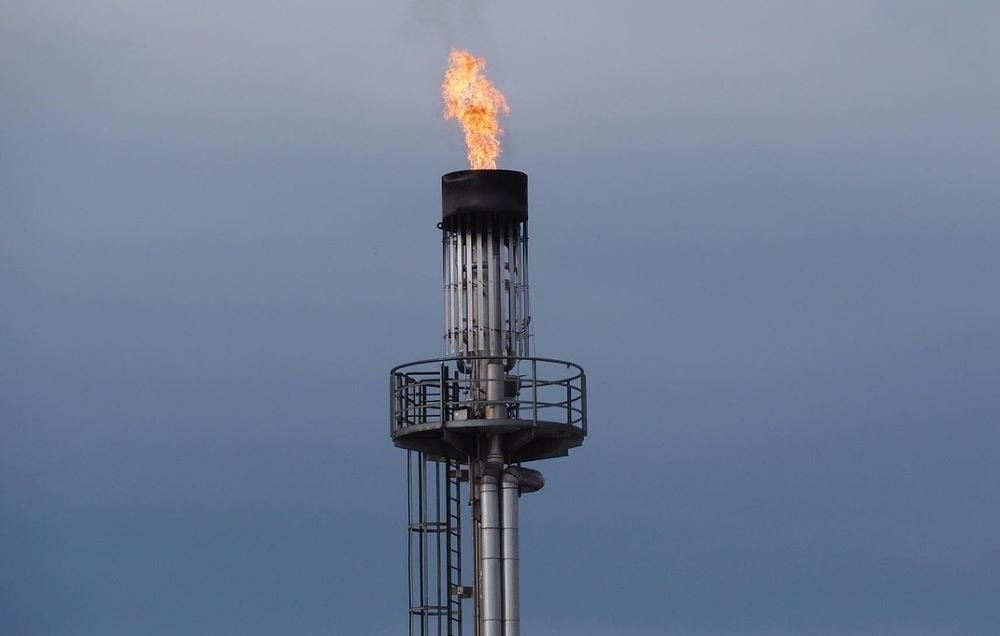Understanding the New Gas Price Increase: What You Need to Know
In recent news, the Oil and Gas Regulatory Authority (OGRA) announced a significant hike in gas prices that went into effect on July 1, 2025. If you’re a household consumer or run a small business, these changes could impact your budget significantly. So, let’s break down what this means for you and your wallet.
What Are the New Rates?
The domestic gas tariffs have been adjusted upward by as much as 50% in some categories. For households, this means prices will now range from Rs200 to Rs4,200 per MMBTU. The revised tariff structure separates consumers into two main groups: protected and non-protected.
- Protected Consumers: Typically low-income households will pay between Rs200 and Rs350 per MMBTU.
- Non-Protected Consumers: For those who don’t fall into the protected category, the rates are notably higher, spanning from Rs500 to Rs4,200 per MMBTU.
Impact of Fixed Monthly Charges
In addition to unit-based charges, OGRA has introduced fixed monthly charges. Protected consumers will face a monthly bill of Rs600, while non-protected consumers will have to pay Rs1,500. If a non-protected household consumes more than 1.5 MMBTU per month, that charge escalates to Rs3,000.
Broader Implications
This price adjustment isn’t just about households. Institutions, hospitals, and schools will now pay Rs3,175 per MMBTU, while traditional tandoors have rates ranging from Rs110 to Rs700 based on usage. Commercial consumers can expect to be billed Rs3,900 per MMBTU, and general industries will see charges of Rs2,300 per MMBTU.
Cement factories have the highest tariff among industrial users, with rates hitting Rs4,400 per MMBTU, while fertilizer plants will be charged Rs1,597. Electricity generation companies, including K-Electric, will face reduced rates, set at Rs1,225 per MMBTU.
What’s Behind the Increases?
These tariff changes come in the wake of the Economic Coordination Committee’s (ECC) approval of a revised gas pricing framework. While the ECC had initially maintained the current gas prices for households, they approved an increase in fixed monthly charges to help gas utilities covers their infrastructure costs.
The officials emphasize that these adjustments aim to increase revenues for gas distribution companies and alleviate some of the financial burdens associated with energy subsidies. This move is particularly relevant given the ongoing economic stabilization efforts supported by the International Monetary Fund (IMF).
Staying Informed
As we navigate these changes, it’s crucial to stay informed about how they will affect our budgets and future planning. Awareness can empower consumers and businesses alike to make better financial decisions in these challenging times.
If you’d like more insights on managing energy costs or tips on how to adapt to these changes, feel free to connect with Pro21st. We’re here to help you stay ahead in the ever-evolving economic landscape!





